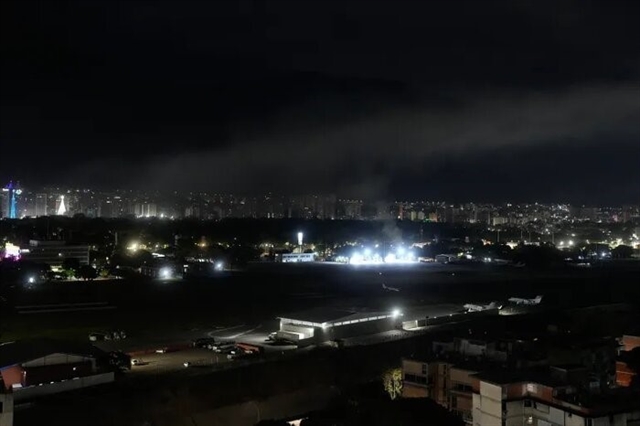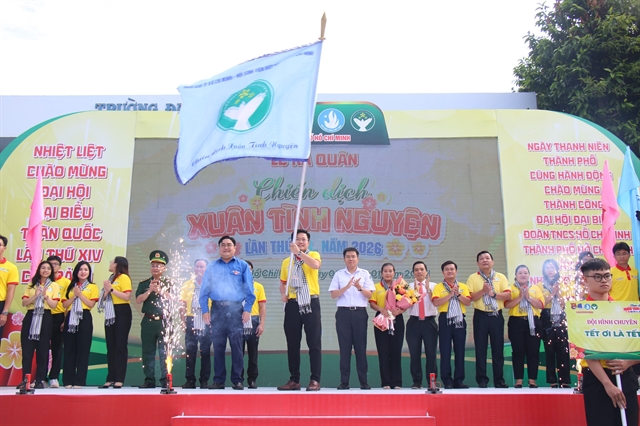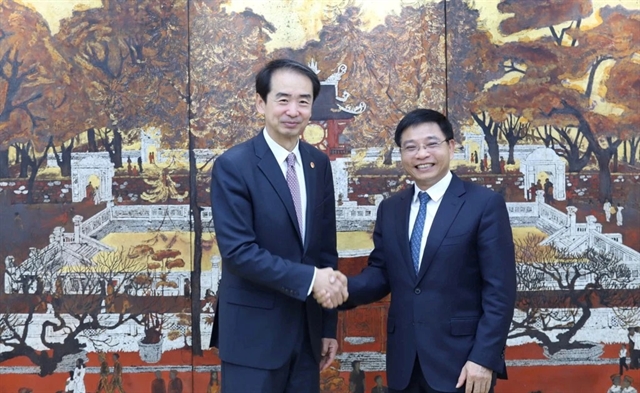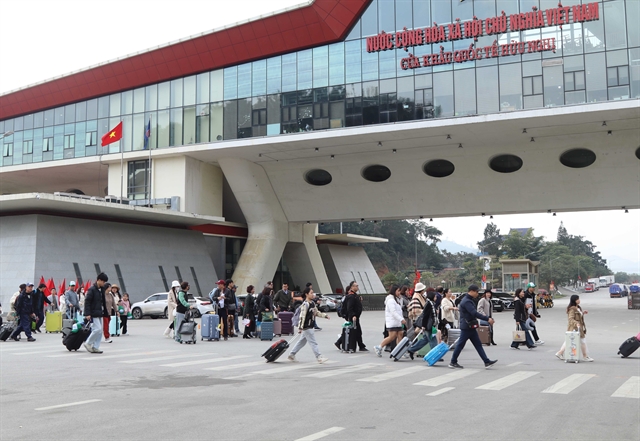 Life & Style
Life & Style
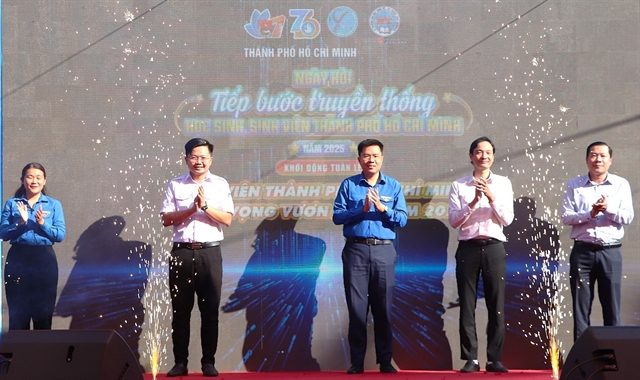
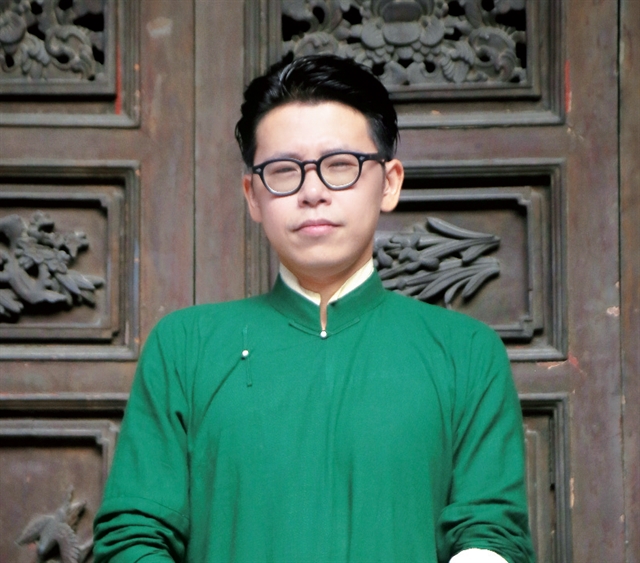 |
| Artist Nguyễn Quốc Hoàng Anh. Photo vnca.cand.com.vn |
A multi-disciplinary stage performance entitled Mã: Đường Về Hư Vô (Mã: Road to Nothingness) that took place recently in Hà Nội marks the continuing collaboration between Lên Ngàn and the Việt Nam National Tuồng Theatre, which aims to uncover new potential in connecting contemporary performing arts with local cultural materials.
Việt Nam News reporter Nguyễn Bình interviews performance art director Nguyễn Quốc Hoàng Anh about researching and promoting traditional culture in modern society.
What can you tell us about the latest performance, Mã: Road to Nothingness?
It is the next step in a series of multi-disciplinary theatre practices. We delve into the structure of traditional performance to re-interrogate the space-time of performance, thereby creating a stage where artists and audiences play the role of cultural memory seekers in the contemporary world.
The work, performed by choreographer Nguyễn Duy Thành and produced by Lên Ngàn, is developed in a multidisciplinary theatrical form combining dance, traditional and contemporary music and visual arts, aiming to open up the connections between individuals and community memories, between reality and myth, existentialism and folk beliefs.
In this project, the artists have the opportunity to create and apply experiments that can provide deeper insights, expand thinking as well as stimulate more diverse discussions from the techniques and formal qualities of traditional Vietnamese stage dance.
Why did you choose the Xuân Phả dance, hầu đồng (trance mediumship) and electronic music for the work? How is the quintessence of folk culture created and connected?
I am fascinated by the 'dialogue' between seemingly contradictory elements: techno and traditional ritual, urban and spiritual, trance ceremony.
I think that Vietnamese culture will be more refined and richer if it receives foreign elements. Opposing elements exist side by side without being mixed. On the contrary, their meaning is enhanced.
Electronic music with the rhythm of techno combines with the iconic movements of Xuân Phả, creating a space where modernity and local identity intersect.
This intersection is sacred and modern.
With this work, Thành and the artists created abstract movements exploring the potential of the human body as a visual element escaping traditional expression.
Traditional art serves as a complementary medium to express the artistic spirit of contemporary artists, which reflects and resists the notion of time.
Why do you always use tuồng (classic drama) to create art?
Tuồng art is not only a material, but also a special language that helps the work and the artists express their inner thoughts, emotions and even things that cannot be named.
The highly symbolic movements in tuồng choreography become a means of conveying memories, identities and even theatrical thinking. But the important thing is to create a new perspective and to restructure, bringing the audience new emotions and experiences.
Dance plays an important element of tuồng, characterised by stylised, symbolic and highly expressive movements.
Each movement and gesture in tuồng has its own meaning, often derived from historical, mythological or cultural symbols. These gestures are used to convey emotions, actions and narrative elements without words.
Not just an innovation or a renovation, it is the artists' new way of looking at tuồng in which co-creation plays an important role, not only within the framework of tradition, but also expanding to lands and cultural regions.
You have worked with Việt Nam Tuồng Theatre to produce performances before. How are your pieces generally received?
Each work has its own life, reflecting, adapting, creating new things and integrating into the diversity of the social scene.
We hope that through activities like talk sessions and open rehearsals, the audience can get closer to traditional artistic heritage in a more creative way.
That connection is not only through performing, but also through dialogue, experience and perception of cultural movements in a modern context.
Watching Mã: The Road to Nothingness, the audience will gain more experience in fiction, contemplation, the inspiration for discovery and local culture through movements.
The work will continue to be developed and will journey to other localities as well as international connections over the next few years.
You once shared that you had a strategy to create a flow of Vietnamese artwork. What are your next plans?
Since 2019, Lên Ngàn has focused on the activities of young artists and learned more about their artistic working circumstances, with the intention of promoting individual voices and developing indigenous materials. It will help to hold a dialogue with international artists aiming to create new works in the global art space.
In 2024, Lên Ngàn initiated a project to research and develop performing arts to connect young artists and the public to traditional Vietnamese theatre arts.
The project was initiated as an important milestone marking the collaboration between Lên Ngàn and the Việt Nam Tuồng Theatre.
Currently, traditional culture has been on the rise through songs, concerts and movies, creating a trend. What do you think about this trend?
This is a good sign, but we also need to be alert. Traditional culture should not be just decorative material. It should be deeply researched and reproduced with depth and context.
The path that I have chosen is to go from the core of the spirit, not just borrowing traditional images.
We want cultural heritage to be a part of the current experience, creating a 'living heritage'.
Traditional art is evolving and moving. It should not be framed as static. When placed in creative appropriation with deep understanding and respect, heritage will be given new life — not by copying, but by being reborn through contemporary artistic thinking. VNS

